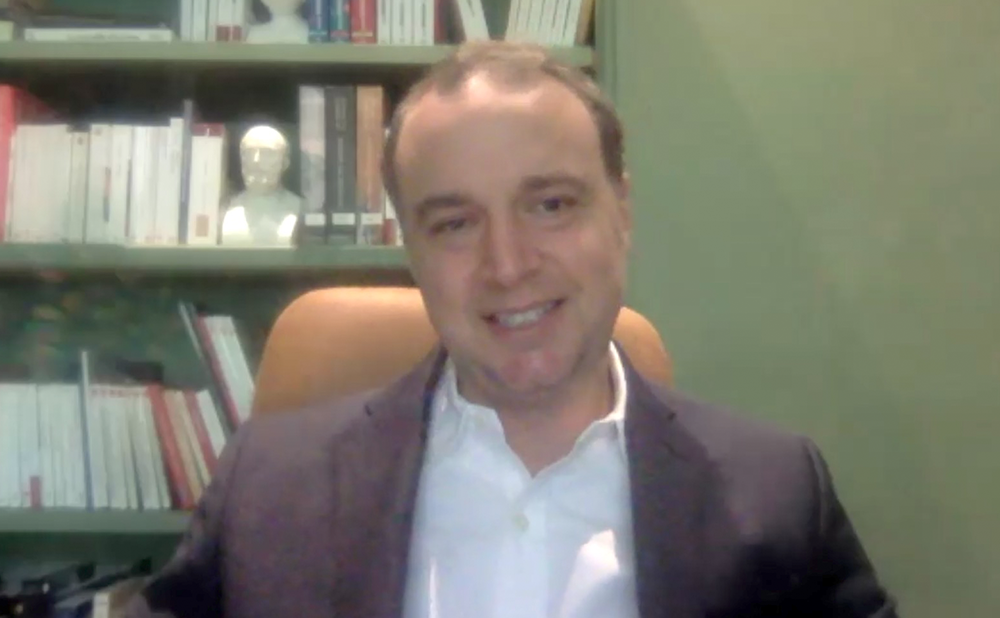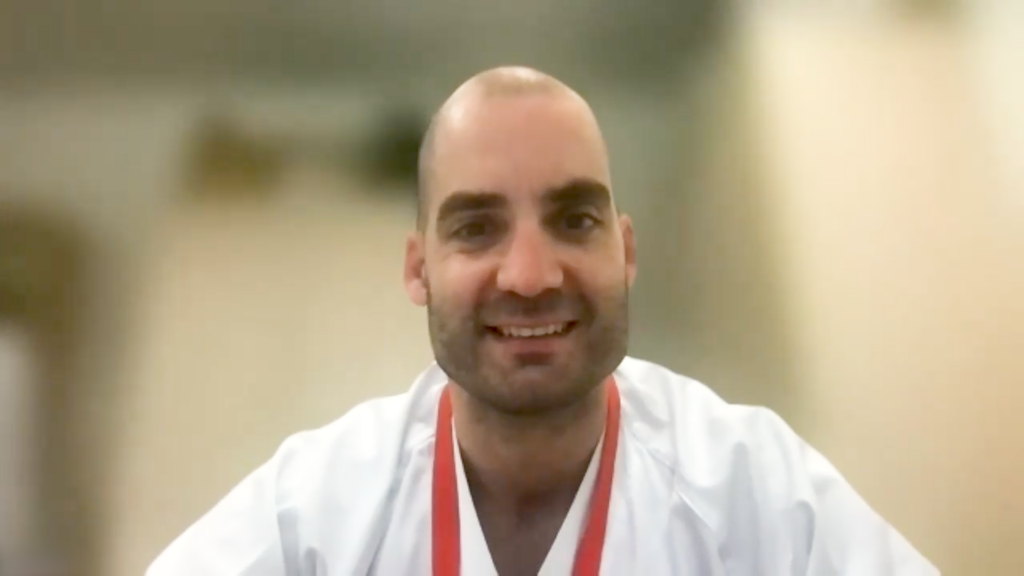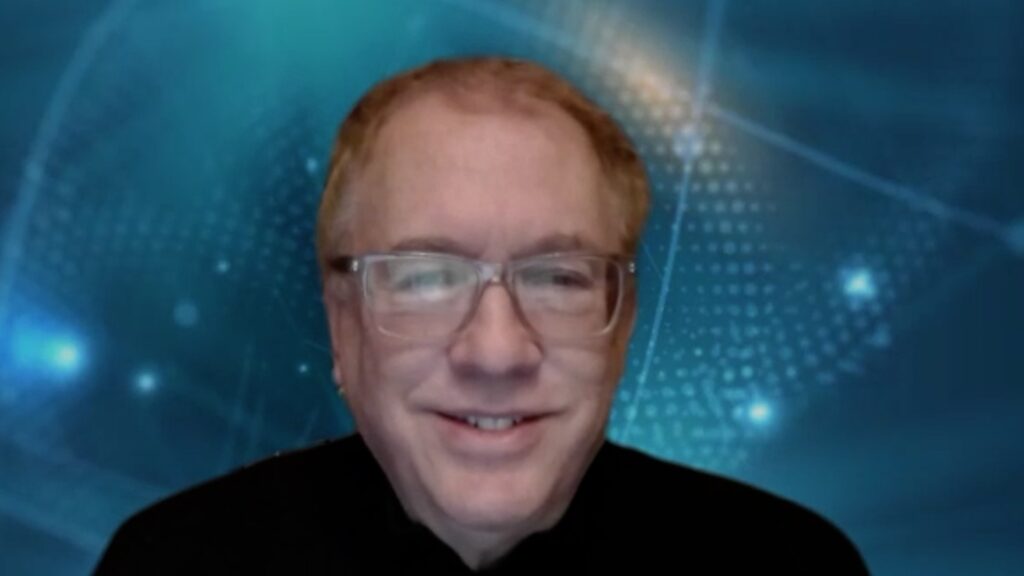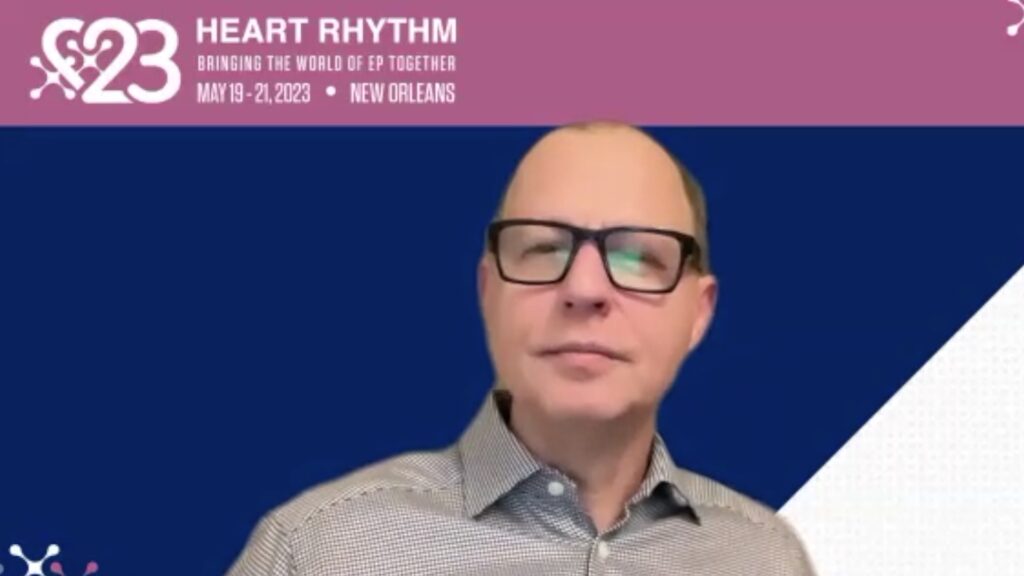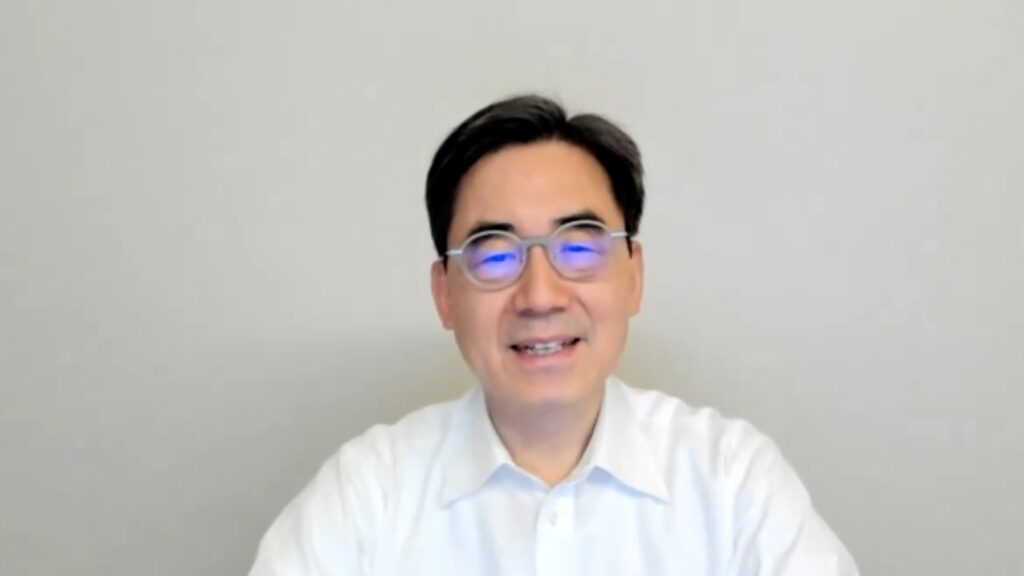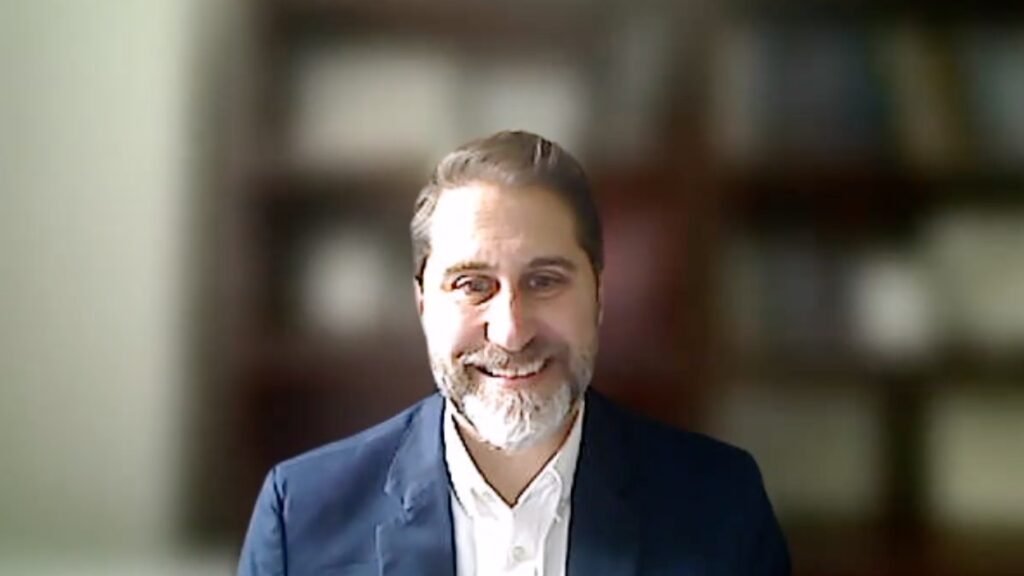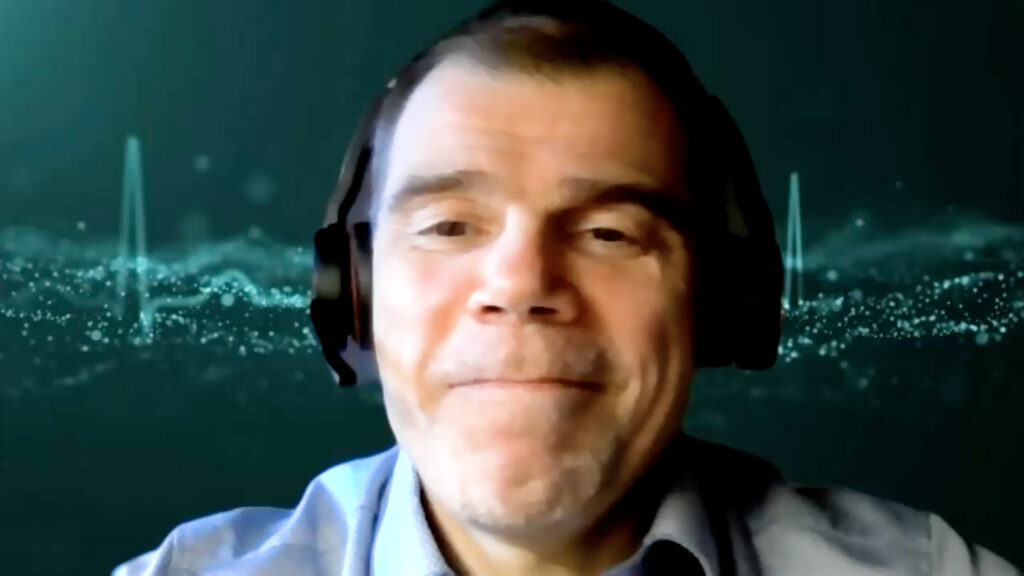The MARVEL 2 trial studied atrioventricular synchronous pacing in patients with a Micra leadless ventricular pacemaker. In this touchCARDIO interview, we speak with Dr Sem Briongos Figuero (Hospital Infanta Leonor, Madrid, Spain) to discuss the trials studying atrioventricular synchrony and their limitations.
Sem Briongos Figuero presented an abstract entitled ‘Optimizing atrial sensing parameters in leadless pacemakers: main findings of the OptiVALL study’ at the European Heart Rhythm Association congress, 16–18, April 2023.
Click here to watch the video on the OptiVALL study.
Question:
What have previous clinical trials taught us about atrioventricular synchrony and what questions remain unanswered? (0:23)
Disclosures: Sem Briongos Figuero has nothing to disclose in relation to this video interview.
Support: Interview and filming supported by Touch Medical Media. Interview conducted by Danielle Crosby.
Filmed as a highlight of EHRA 2023
Access more content on devices here
Transcript:
My name is Sem Briongos Figuero. I’m a cardiologist at the Infanta Leonor Hospital in Madrid. I’m dedicated to cardiac pacing and arrhythmia management in my hospital.
Q. What have previous clinical trials taught us about atrioventricular synchrony and what questions remain unanswered?
Well, the most important clinical trial dealing with AV synchrony is the MARVEL2 study, which studied around 40 patients implanted with the Micra device. Then the AV synchrony algorithm was done to these patients and these 40 patients were studied for up to 5 hours of algorithm re functioning and the improvement in AV synchrony resulting from these 5 hours of the algorithm functioning was really high. The AV synchrony changed from a baseline AV synchrony of around 26% to a mean AV synchrony of 89.2%. This study has one specific limitation. The function of these algorithms was only studied for, as I said, up to 5 hours. Most of the patients were in resting situations during the algorithm functioning. Therefore, we need more. We need some data about the function of this algorithm in a real life scenario.
Subtitles and transcript are autogenerated



